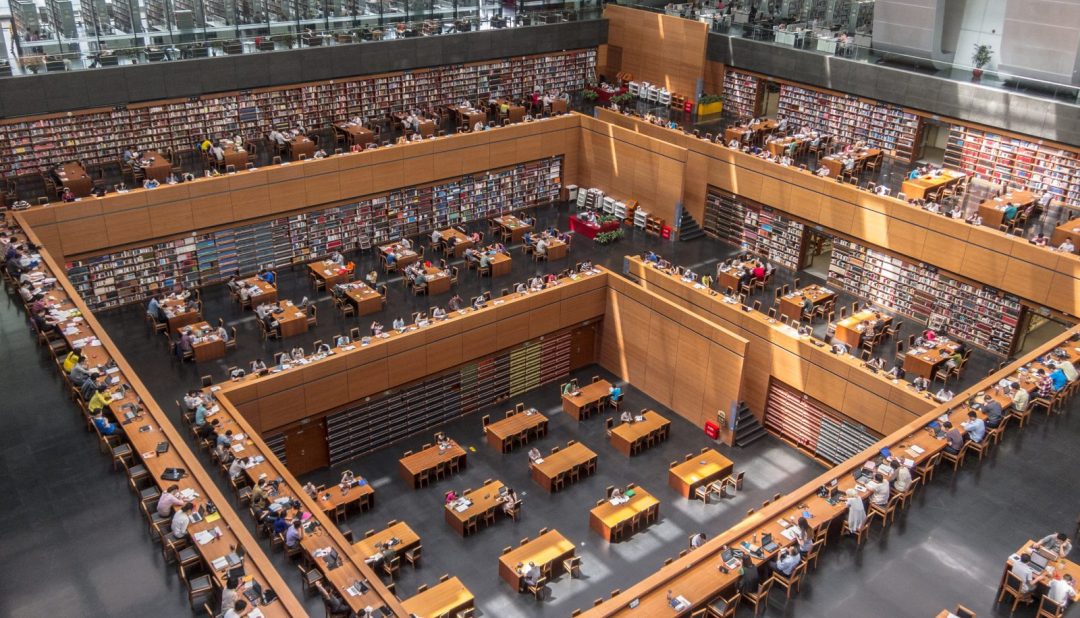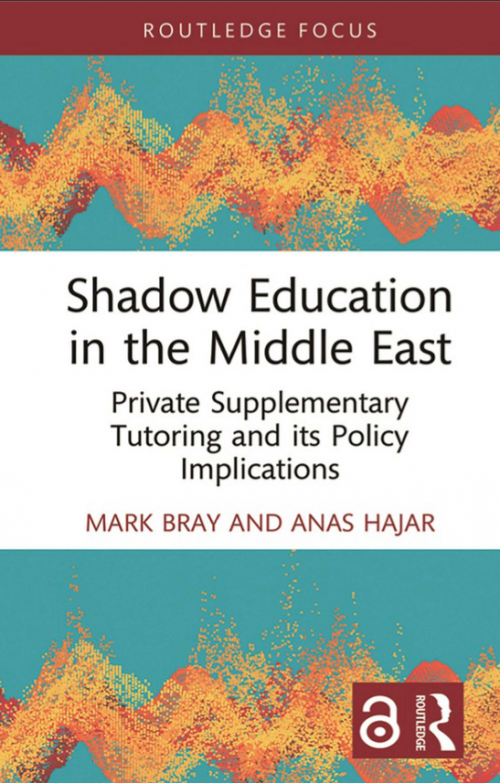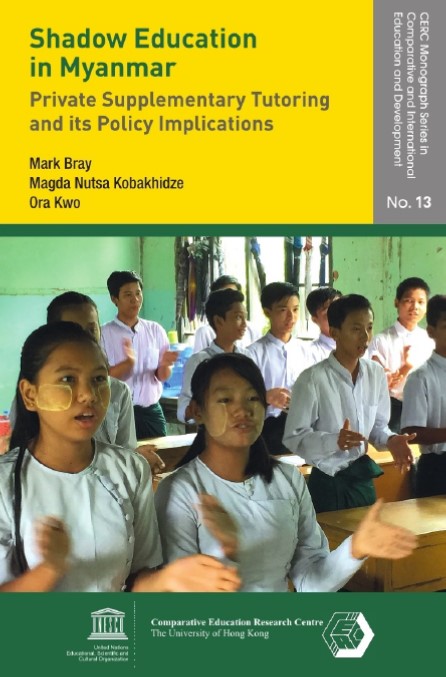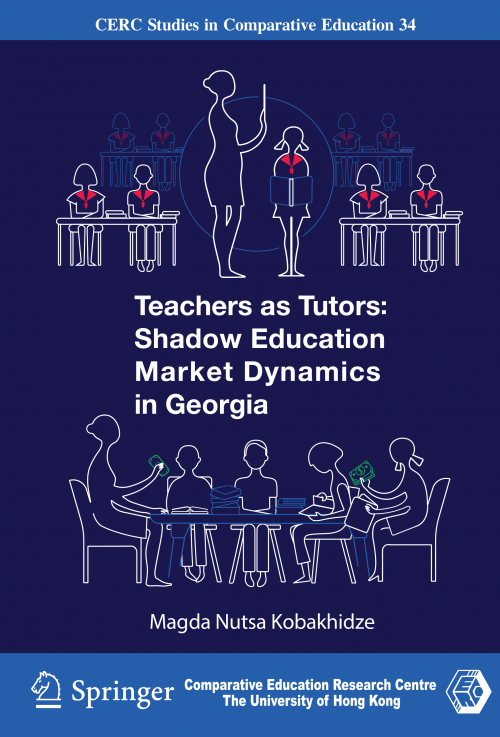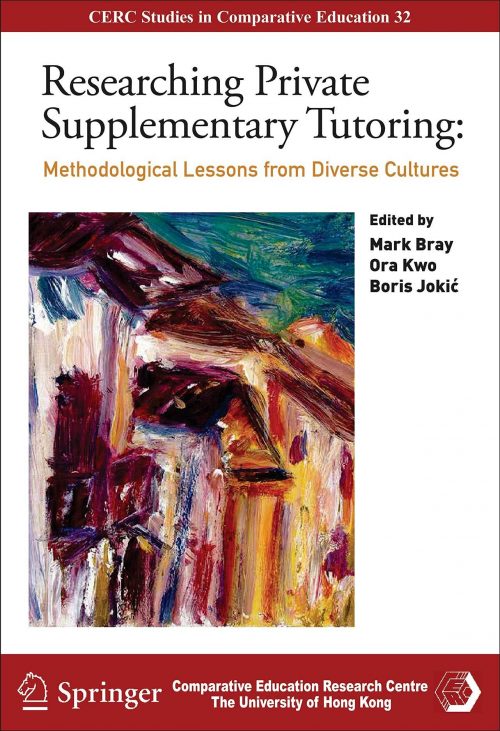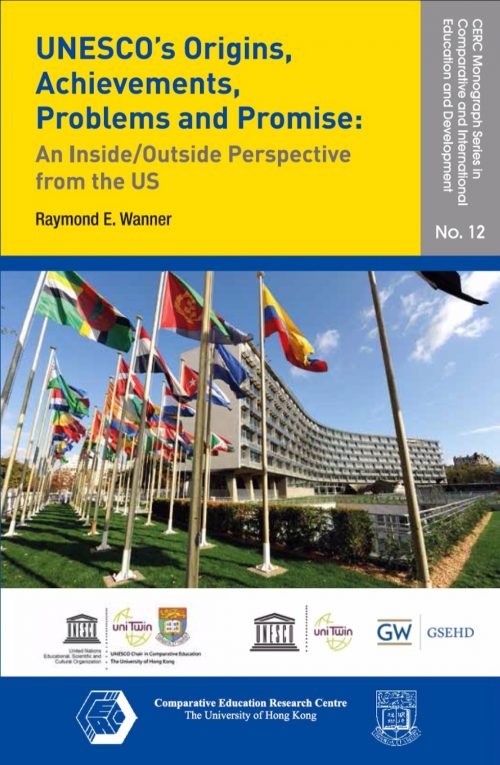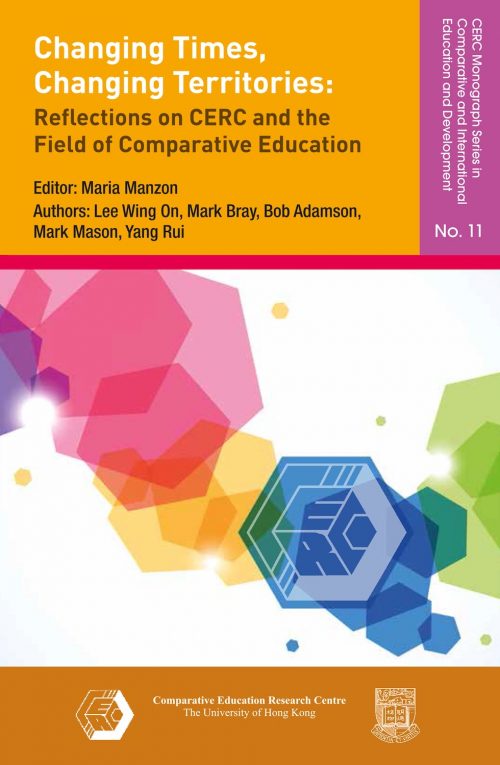Download the article:
 Culture-and-academic-tradition-in-China-2-1-1-6.pdf
Culture-and-academic-tradition-in-China-2-1-1-6.pdf
Historically, China’s academies (taixue, guizijian, shuyuan) propagated, discussed, and debated Confucian classical texts (Dong, 2004; Guo, 2006; Hayhoe & Zha, 2006). Historical episodes about Confucius, whether real or imagined, mold how people study, teach, and learn. Hence, Chinese academic tradition is coined as a Confucian legacy (Yang, 2020). Nevertheless, some controversies and contradictions are observed along this line of thinking (Bol, 2010). The Confucian orthodoxy advocates human moral qualities in line with the Confucian virtues including ren (benevolence or humaneness), yi (righteousness or justice), li (propriety or rites) and zhi (knowledge). Put explicitly, the Confucian doctrine is a moral education per se, stressing self-cultivation and self-perfection, which, however, stands against Chinese intellectuals’ often succumbing to power and authorities (Zha, 2022).
Throughout Chinese history, Confucianism is interpreted differently in each age, but always used as a way to oppose those with wealth and power. It was never an institution to keep in check those who had great power and wealth. In the current age, only intellectuals in universities pay serious attention to Confucianism. Confucius may be attractive to civil society organizations who oppose government actions not in the interests of the people. However, civil society organizations do not prioritize Confucianism as a strategy to replace popular democracy.
Even the May 4th Movement sought to trash traditional Confucian values and replace them with a new culture that advocates “democracy” and “science,” which in turn raises a question: may the Chinese academic tradition thereafter still be perceived as a Confucian legacy? This short article attempts to unpack some aspects of such controversies and contradictions surrounding the Chinese academic tradition. As such, this article contributes to the deliberations in comparative higher education about whether there is a unique Chinese model of the university – apart from the Western model.
The Evolution of Chinese Academic Tradition: The Formation of a Confucian-Legalist Doctrine and Its Implications for Academies
The “higher-order values” of Confucianism inevitably rendered it distant from real life; besides, the original Confucian followers advocated the stance and personality of complying with the principle of Heaven or Dao, rather than the emperor, which gradually became unacceptable to the rulers. Hence, the Legalism that emphasized a realist position of consolidating the power and wealth of the State rose to be a favored ideology, and endorsed a regimen whereby an omnipotent emperor governed “all under heaven” with a bureaucracy led by the literati (Guan, 2013; Song, 2008). Legalist values, strong since the Chin Dynasty in the 2nd century BC, recognize that humans are guided by self-interest and require administrative measures to regulate their social conduct. The legalist doctrine thus stresses capitalizing on statecraft or the techniques of “conducting affairs and handling men” to achieve and optimize effectiveness (Hsiao, 1979, p. 76).
Confucian values continued to animate much of Chinese academic life, as both Confucianism and Legalism followed the principle that the greatest benefit to the people is order, and as such their doctrines are compatible and supplementary (Feng, 2013; Zhou, 2017). Since then, a Confucian-Legalist duality has emerged, in which Confucianism continues to enjoy respect for its normative values of fulfilling personal cultivation and serving the public good, and Legalism shapes sociopolitical practices, because of its pragmatic concerns and bureaucratic reformist approach that has been favored by rulers (Zha, 2022). Such a duality has predominated Chinese sociocultural patterns–certainly including Chinese academic culture–until the 20th century, when Chinese Marxism orchestrated the duality. Its most salient infusion in the Chinese academic culture was arguably the Chinese imperial examination (keju), which selected intellectuals to serve the State as scholar-officials, and eventually turned the whole country into “one vast university” that was “governed by the scholars who have been educated within its walls” (Teng, 1943, p. 290). Needless to say, the Confucian-Legalist duality has rendered Chinese academic culture bearing a utilitarian ethos.
The Confucian-Legalist Tradition in Function in Late Qing and Republican Periods: The Exercise of “Chinese Learning as Substance, Western Learning for Application”
At the end of the Qing Dynastic Era, engagement with the larger world of Western geopolitical dominance contributed to dynastic decline, cultural disarray, and national humiliation, leaving a vacillation of academic attitudes and an interest in the Western university model—amid the Self-Strengthening Movement (1861–1895). The New Culture Movement that followed in the 1910s and 1920s, led by intellectuals like Cai Yuanpei, Chen Duxiu, Li Dazhao, and Hu Shih, promoted a new academic culture laced with Western ideals like democracy and science (Zarrow, 2020). The Western university model entered China more as an invited guest than an outside cultural imposition (Hayhoe, 1996). Cai Yuanpei, who had studied in France and Germany, integrated indigenous traditions with ideas he learned in Europe. As President of Peking University, he supported literati and educators to create one of China’s most dynamic universities (Chen, 2011). Notably, the New Culture Movement reached a critical stage at the May 4th Movement in 1919, commonly known as China’s enlightenment movement. It was, however, driven by a strong sentiment of nationalism, resulting in an incomplete and unaccomplished enlightenment, and a prolonging of China’s indigenous traditions (even though against its own agenda) that is evident with the emergence of Guoxue (the learning of the Confucian classics, as well as other indigenous schools of thought from ancient China) in the Republican universities (Zhang, 2014), which represented a reaction to the increasing westernization. Now the duality took the form of a ti-yong (essential vs usefulness) dichotomy, i.e., the “Chinese Learning as Substance (ti), Western Learning for Application (yong).”
In the Republican Era (1911-1949), indigenous traditions remained the essence of academic life, while embedding themselves in the Western university structure and organization. Each generation of Chinese intellectuals wrestled with ways to remain Chinese in a world dominated by Western ideas and technologies (Schell & DeLury, 2013; Wen, 1990). New colleges and universities, many founded by Christian organizations, brought China closer to the Western university model. John Dewey’s pragmatism and liberal arts made their way into the curriculum, as European and American academics joined their Chinese counterparts to establish what would later become some of the country’s top universities (Tao, 2016). Despite the Western model, teaching methods were often unable to discourage passive learning, help students construct knowledge, and develop learning skills (White, 1998). Most textbooks were in foreign languages, and students tended to memorize them for examinations. Students who managed to make the best of what was on offer learned nonetheless. Those with access to good teachers were encouraged to think critically. There was a heavy emphasis on the humanities, legal, and political studies, to the detriment of science and technology, showing the legacy of Confucian learning. Most students still sought careers in government service, or became schoolteachers as in the earlier times. Higher education remained relatively elitist. The concept of university was not particularly adept at having science and technology face the challenges of modernization. Within the larger society, intellectual life was very lively with educational thinkers like Tao Xingzhi, Yan Yangchu, and Yan Fu, and creative leftist writers like Mao Dun, Lao She, and Wen Yiduo. Scientists Yang Chen-ning and Lee Tsung Dao attended the well-known Southwest United University, cultivating their qualities of becoming authentic learners in both Confucian and Western terms, during turbulent times in the 1940s, and went overseas to build brilliant careers as Nobel Laureates in America (Israel, 1999).
The Confucian-Legalist Tradition in Function in the Contemporary Era: The Maneuver of Catching Up and Invoking an Indigenous University Model
After 1949, the radical indigenous tendencies that had fought against Western liberalism in higher education turned into a rushed enthusiasm to emulate Soviet higher education. Aid was essential to address China’s backwardness in science and technology. However, reaching Soviet standards in such a short time had disastrous consequences. Most Soviet experts had an insufficient understanding of Chinese conditions. Universities tried to improve coordination, raise standards, and eliminate mechanical copying. The college entrance exam, unified teaching plans, and central planning of human resources resonated across both systems. By the late 1950s, the era of dependence and imitation on the Soviet university model reached its limit (Pepper, 1996; Kwong, 1979). Chinese leaders could no longer tolerate what they began to see as servile thinking and a lack of national self-confidence. This may have contributed in subsequent years to the underpinnings of the Cultural Revolution that decimated academic culture until Deng Xiaoping crushed the hyper-politicization of universities and reemphasized academic standards.
In the reform and opening-up era since the early 1980s, China launched a new movement of Self-Strengthening. Higher education plays a pivotal role in modernizing China’s economy, and China turned to the West (the US in particular) for ideas and experience to heighten the standards of the universities. Such efforts include infusing the research function into universities (via the elite university schemes such as Projects 211 and 985 that concentrated and intensified extraordinary research resources in a small number of selected universities) and sending hundreds of thousands of Chinese scholars and students for advanced studies in Western systems, as well as fostering internationalization of Chinese universities. China’s reform and opening-up have reached a triumphant stage in the most recent years, when the country’s GDP grew to be the world’s second largest. Along with this progress, Chinese universities became effectively visible and significant in the world community, with a few dozen elite universities regularly ranked in the top 200 globally (Postiglione, 2015). The confidence of accomplishing China’s renaissance has now ushered in growing consciousness and desire to invoke a Chinese model of the university. This discourse invites questions and concerns, asking if it is only a Western model with Chinese characteristics, as well as if self-cultivation and self-perfection can substantiate the essence of the Chinese concept of academic freedom. Ultimately, a Chinese model of the university must inspire others to improve, rather than simply characterize the Chinese experience.
Concluding Remarks
What stands out over the last century of contact with Western higher education is a stubborn resistance and dogged persistence that explain the resiliency and vulnerability of contemporary Chinese higher education, along with a lingering weariness and suspicion of foreign intentions and Western liberal education. The sophistication of organizational oversight ensures tight control of higher education in the Chinese mainland with sharp red lines that confine academic traditions. This is a long-term structural problem with nuances in each succeeding generation. The Communist Revolution produced a higher education system with its own cultural characteristics and patterns of organization. The Leninist party structure and the actions of the Party-State are easier to understand if compared to the Confucian-Legalist features of Chinese civilization. The People’s Republic of China retained the legacy of hierarchical bureaucratic rule with the Party as the sole education authority and moral arbiter with a legion of establishment intellectuals to explain and promote Party moral guidance. It is not surprising that education was one of the most effective areas of Communist work, as early membership drew heavily from the ranks of the intelligentsia. As well, the deep respect and venerable status of scholars in the Confucian tradition made it easier for them to instill Marxist ideas in worker and rural communities. Contemporary thinkers in education such as Gu Mingyuan, Li Bingde, Lu Jie, Wang Fengxian, Huang Ji, Zhong Qiquan adeptly integrate indigenous educational thought under Marxist theory (Gu, 2014; Hayhoe, Li, & Pan 2022). Many Chinese scholars who studied overseas, however, believe that a renaissance of genuine Confucian scholarship can help revitalize and renew Chinese academic traditions and scrutinize the essence that underpins Chinese learning.
References
Bol, P. K. (2010). Neo-Confucianism in History. Cambridge: Harvard University Press.
Deng, H. (2004). The History of the Chinese Academy. Shanghai: Dongfang Press.
Feng, Y. (2013). A Short History of Chinese Philosophy. Beijing: Peking University Press.
Elman, B. A. & Woodside, A. (Eds.). (1994). Education and Society in Late Imperial China, 1600-1900. Los Angeles: University of California Press.
Gu, M. (2014). Cultural Foundations of Chinese Education. Brill Press
Guan, W. (2013). The Politics and Ethics in the Pre-Qin Period—the Research on the Origins and Confluence of the Confucianism and the Legalism. China: Central China Normal University.
Guo, Q. (1987). The History of Chinese Educational Thought. Beijing: Education Science Press. [English version: Guo, Qijia (2006). A History of Chinese Educational Thought. Beijing Foreign Language Press].
Hayhoe, R. (1996). China’s Universities, 1895-1995: A Century of Cultural Conflict. London: Taylor and Francis.
Hayhoe, R. and Zha, Q. (2006). “China.” In J.F. Forest and P.G. Altbach (eds.), International Handbook of Higher Education. Springer International Handbooks of Education Volume 18 (pp. 667-691). Dordrecht, Netherlands: Springer.
Hsiao, K. C. (1979). History of Chinese political thought, Vol. 1. Princeton, NJ: Princeton University Press.
Israel, J. (1999). Lianda: A Chinese University in War and Revolution. Palo Alto: Stanford University Press.
Pepper, S. (1996). Radicalism and Educational Reform in the Twentieth Century: The Search for an Ideal Model. Cambridge: Cambridge University Press.
Postiglione, G. A. (2015). Research universities for national rejuvenation and global influence: China’s search for a balanced model, Higher Education, 70 (2), 235-250.
Schell, O. & Delury, J. (2013). Wealth and Power: China’s Long March to the Twenty-first Century. New York: Random House.
Song, H. (2008). From differences to consensus: a research perspective shift in the studies of pre-Qin schools of thought—taking the contention between Confucianism and Legalism as an example. Journal of Southwest Minzu University, 2008, 86-92.
Tao, X. (2016). The Transformation of Chinese Traditional Education: Selected Papers by Tao Xingzhi on Education. Brill Press.
Teng, S. (1943). Chinese influence on the Western examination system. Harvard Journal of Asiatic Studies, 7 (4), 267-312.
White, L. (1998). Unstately Power: Local Causes of China’s Intellectual, Legal and Governmental Reforms. Armonk: M.E. Sharpe, 406 and 432 (referencing Weizheng Zhu, “Qifashi jiaoxue de yidian changshi: guanyu ‘lianghan jingxue’ taolunban” (启发式教学的一点尝试:关于‘两汉经学’讨论班,Trials of the Elicitation Method of Teaching: A Seminar on the Confucian Classics of the Two Han Dynasties), in Fudan Daxue, 244-245.
Yang, R. (2020). Political culture and higher education governance in Chinese societies: Some reflections. Frontiers of Education in China, 15 (2), 187-221.
Zarrow, P. (2020). An Anatomy of the Utopian Impulse in Modern Chinese Political Thought, 1890–1940. In T. Fröhlich & A. Schneider (Eds.), Chinese Visions of Progress, 1895 to 1949 (pp.165-205). Leiden: Brill.
Zha, Q. (2022). Revisiting the discourse of a Chinese model of the university: A Confucian-Legalist legacy impact perspective. In J. Côté & S. Pickard (Eds.). Routledge Handbook of the Sociology of Higher Education (second edition, pp.333-346). London and New York: Routledge.
Zhang, Y. (2014). Zhongguo daxue tongshijiaoyu chuantong de xiandai jiazhi [中国大学通识教育传统的现代价, The modern value of the tradition of general education in Chinese university general]. Journal of Huazhong Normal University (Humanities and Social Sciences Edition), 53 (1), 146-154.
Zhou, H. (13 October 2017). Confucianism and the Legalism: A Model of the National Strategy of Governance in Ancient China. MPRA Paper No. 81944. Retrieved from https://mpra.ub.uni-muenchen.de/81944/1/MPRA_paper_81944.pdf.
To cite this article:
APA Style: Postiglione, G.A. and Zha, Q. (2022). Culture and academic tradition in China. Universities & Intellectuals, 2 (1), 1-6.
Harvard Style: Postiglione, G.A. and Zha, Q. 2022. Culture and academic tradition in China. Universities & Intellectuals, 2 (1), pp. 1-6.
Chicago Style: Postiglione, G.A. and Zha, Q. “Culture and academic tradition in China”. Universities & Intellectuals 1, no. 2 (2022): 1-6.
MLA Style: Postiglione, G.A. and Zha, Q. “Culture and academic tradition in China”. Universities & Intellectuals 2.1 (2022): 1-6.


